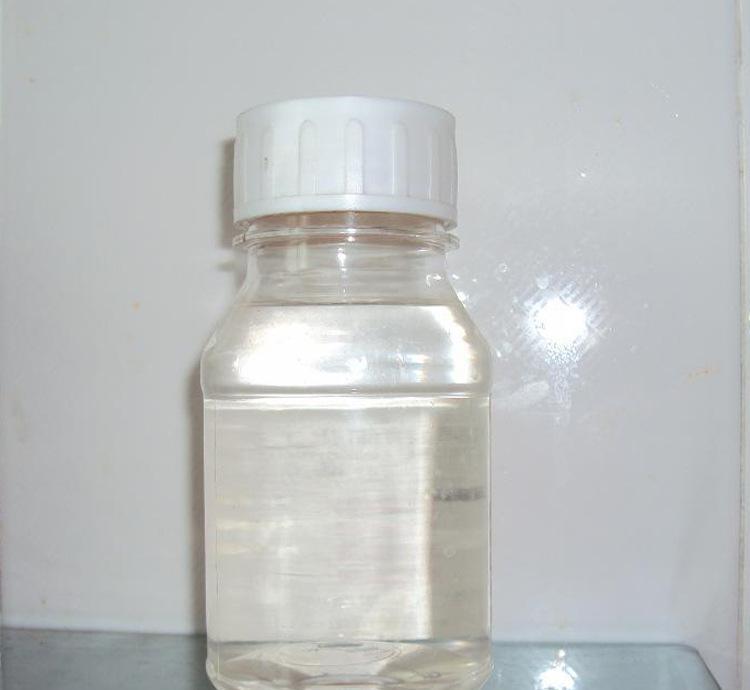” >plasticizer it refers to adding plasticizer during the molding process to improve the fluidity of the resin. pvc increases plasticizeran organic substance that makes a product flexible. such solids are generally high-boiling, non-volatile viscous liquids or low-melting solids that generally do not react chemically with plastics.
” >
” >plasticization must first have a good relationship with the resin compatibility, the better the compatibility, the better the plasticizing effect. by addingplasticizer, the glass transition temperature of the plastic can be lowered, making the hard plastic soft and elastic. pvc plasticizers are generally required to be colorless, non-toxic, odorless, light-resistant, and heat-resistant. cold-resistant, easy to volatilize, not easy to migrate, good chemical stability, cheap and good quality. in fact, one plasticizer cannot satisfy all of the above requirements.
” >according to different functions, plasticizers are divided into main plasticizer, solvent type, auxiliary agent, non-solvent plasticizer, catalyst type, phthalate esters, fatty acid esters, phosphate esters, polyesters, epoxy esters, chlorine-containing compounds, etc. common plasticizers include dibutyl phthalate(dbp), phthalic acid dioctyl ester (dop), epoxidized soybean oil, tricresyl phosphate, triphenyl phosphate, dioctyl sebacate, chlorinated paraffin, etc. polyvinyl chloride is the major end user of these plasticizers. the main application areas of pvc plasticizers are wires, cables, flooring and wall panels, building materials, automobiles and packaging materials.
” >plasticizers contain the largest amount of all plastic additives. at present, my country’s total production capacity is approximately 1 million tons. pvc plasticizers are mainly based on comprehensive performance mainly phthalate products with good quality and reasonable price are consumed in the four production and consumption countries and regions of the united states, western europe, japan and china, accounting for 70% to 90%.

 微信扫一扫打赏
微信扫一扫打赏

